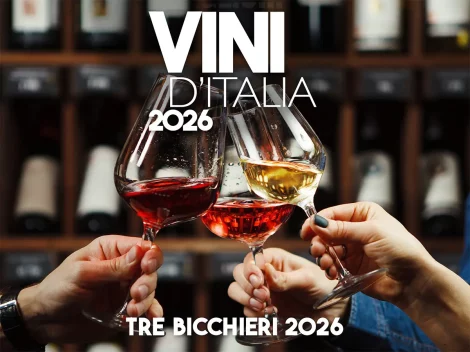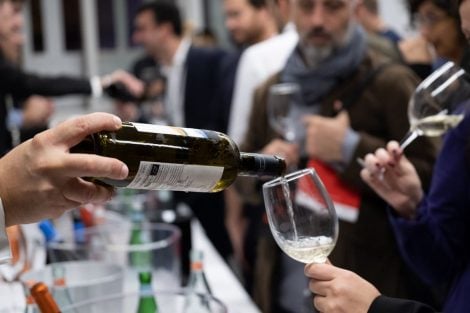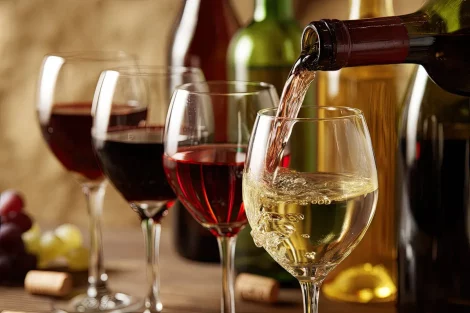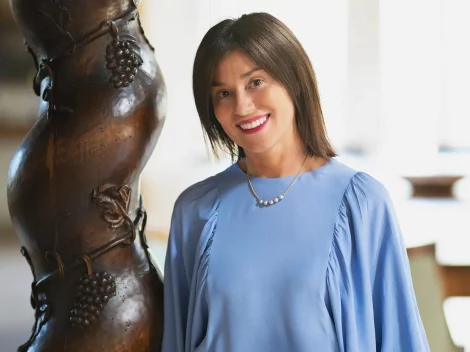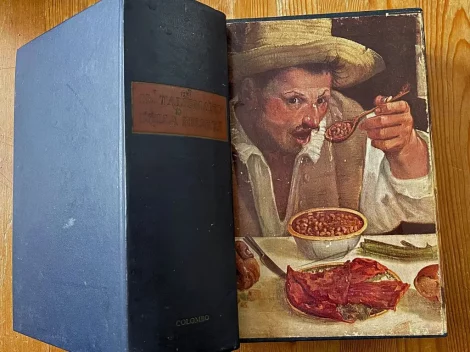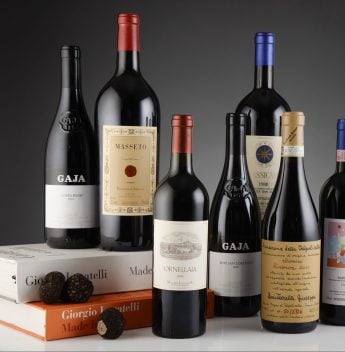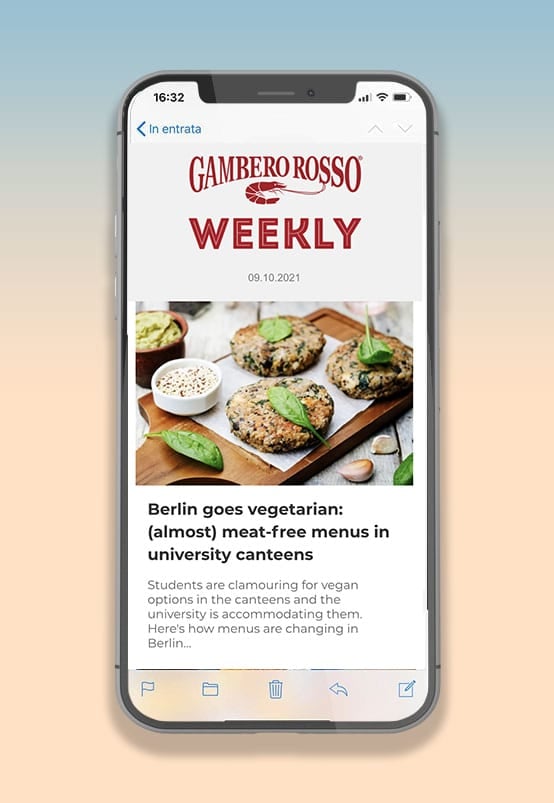by Andrej Godina, Mauro Illiano
Coffee is a serious matter… Yet, it’s still a victim of many myths and misconceptions that we aim to dispel here. Here’s a small guide dedicated to the black beverage...
1. Coffee is only bitter
Let’s get this straight right away—it’s not true. Coffee is a drink that includes bitterness in its flavour profile, but it’s not exclusive to it. Most coffees also have a noticeable acidity and perceptible sweetness. So why do we believe that coffee is only bitter? Because bitterness often dominates the flavour. Dark espresso roasting, high temperatures and pressures in espresso machines, overdosing, and the presence of robusta in blends all accentuate this taste. Try tasting a lightly roasted coffee, perhaps brewed with a filter or as a cold brew, and you’ll likely find acidity to be the dominant flavour. Aromas can also mislead us: if we detect notes of cocoa, pepper, or liquorice, we’re more inclined to label the coffee as bitter, compared to a coffee with aromas of peach, passion fruit, or caramel.
2. Coffee can only be paired with pastry
Coffee offers incredible versatility in terms of taste (bitter, sweet, acidic, and sometimes umami). Its aromatic range is equally vast—coffee can release over a thousand aromatic compounds, though humans can perceive only a fraction. The tactile sensations of coffee also vary greatly, from the almost chewable texture of espresso to the lightness of a filtered coffee, served hot or cold. And it doesn’t stop there—coffee pairs beautifully with other beverages, making it a perfect base for cocktails. After all, isn’t a cappuccino a type of cocktail? So, it’s no surprise that coffee can complement dishes like carbonara, sea bass, or onion tart.
3. Coffee should be cheap
Coffee shouldn’t be cheap; its price should ensure fair compensation for everyone in the supply chain. This includes not only the farmer—often the most underpaid link—but also intermediaries and, most importantly, the barista. Many people don’t know that about half the price of an espresso at a bar goes to staff costs, leaving little room for profitability. A simple test proves this: if you remove everything except coffee from a bar’s offerings—no aperitifs, food, or tobacco—the business would likely fail quickly. This shows that coffee prices in bars are often “loss leaders.” For coffee to be sustainable, it must allow a bar to sustain itself solely through coffee sales. Generally, the minimum price for an espresso to be profitable is around €2.
4. Specialty coffee is always better
Not necessarily. This depends on two factors. First, consumer preferences: Specialty coffee has a much more complex flavour profile than commercial coffee. Specialty coffee is limited to Arabica beans, which have a distinctly acidic taste. However, this category of coffee may not appeal to those who prefer the bolder flavours of Canephora (robusta) or dislike pronounced acidity. Second, from a technical perspective, specialty coffee always outperforms commercial coffee in quality. When evaluated in a lab by coffee graders, specialty coffee consistently scores higher on sensory evaluation sheets and commands higher prices on international markets.
5. Long coffee is weak
In Italy, “long coffee” is often confused with coffee brewed using the filter method, but it’s far from weak. It’s simply a very different drink from espresso or moka coffee, allowing for a longer consumption ritual. Imagine sitting at a café table chatting with someone, working on your computer, or reading a book—a filter coffee is perfect for these moments. It’s light, refreshing, and has subtle flavours, remaining enjoyable even as it cools to room temperature. The filter method is the most popular coffee preparation method worldwide, especially for Arabica beans, whether lightly or darkly roasted, depending on personal flavour preferences.
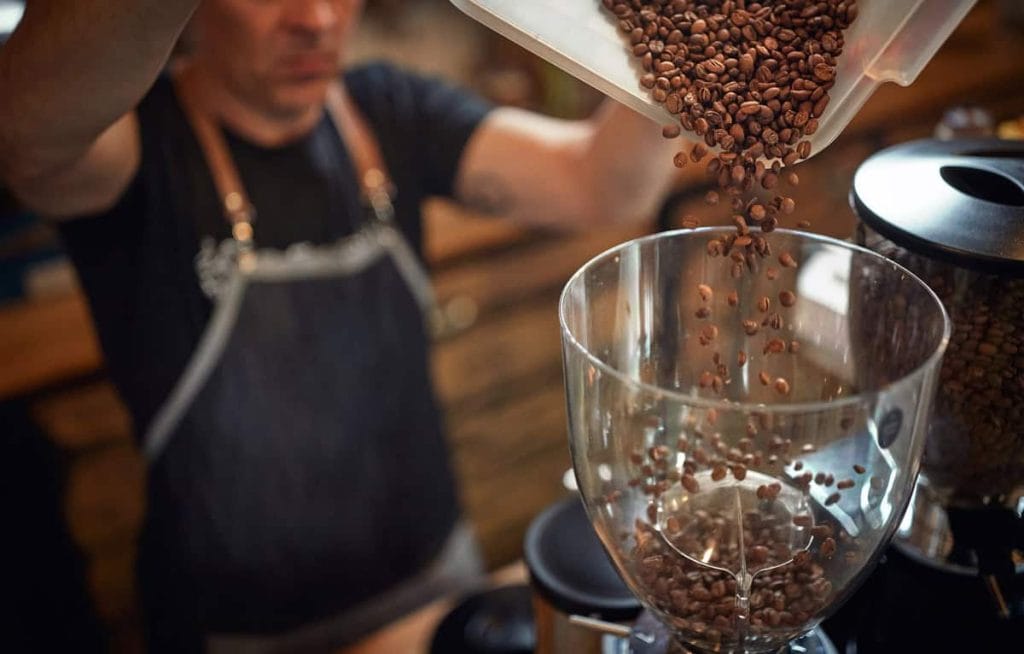
6. Sugar should never be added to coffee
Actually, sugar can be added to coffee! When you add sugar, it’s no longer a natural beverage but a sweetened one, changing its flavour profile. High-quality coffee remains delicious even with sugar, as the sweetener often highlights nuances that might otherwise go unnoticed. However, adding sugar to overly bitter, astringent, or burnt-flavoured coffee is more about masking unpleasant tastes. Sugar in espresso can enhance certain flavour characteristics, but it’s generally less effective in larger-volume drinks like moka or filter coffee, where coffee’s natural sweetness is often sufficient to please any palate.
7. Single-serve coffee is never good
False. Single-serve coffee is simply an extraction system. Today, there are dozens of systems for pods and capsules, offering an incredible variety of flavours, aromas, technologies, and beverage sizes. Some capsule coffees can cost up to €10 per cup! While it’s not comparable to traditional espresso from a professional machine, this doesn’t make it any less enjoyable. An added advantage? Single-serve systems allow restaurants and bars to offer a diverse coffee menu with ease, enabling different coffees to be prepared with the same machine.
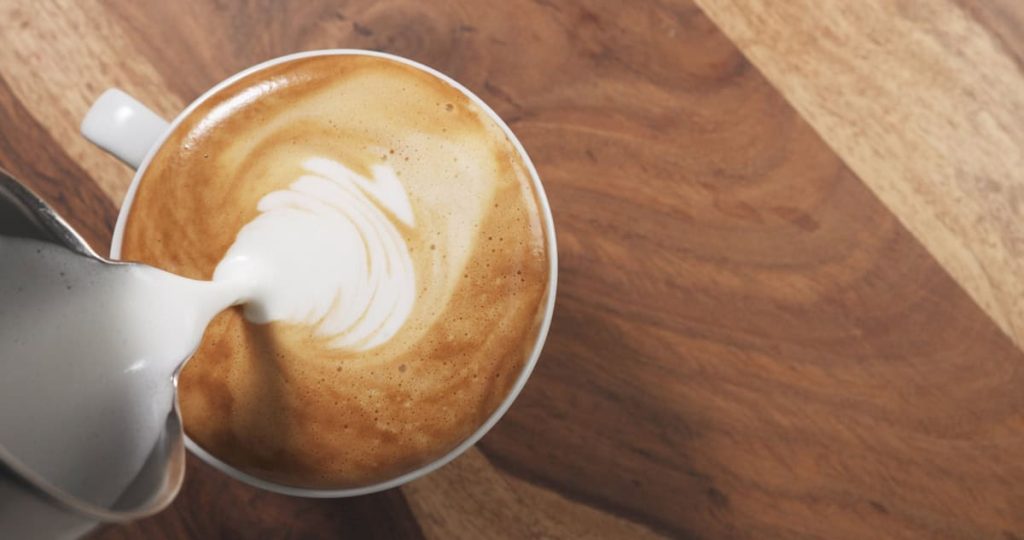
8. Water should never be drunk after coffee
True, and here’s why: coffee, like any beverage, should provide pleasure. After drinking coffee, you should feel so satisfied that you don’t crave water. The aftertaste of coffee comes from microscopic oily particles that adhere to the palate, allowing its aroma to be perceived retro-nasally for up to 15–20 minutes. Drinking water after coffee can erase this pleasant experience. So, if you find yourself needing water immediately after coffee, it might mean the coffee left an unpleasant aftertaste that you’re eager to wash away.
9. Decaffeinated coffee is unhealthy
Absolutely false! Decaffeination occurs with green coffee beans before roasting, using solvents that extract caffeine while leaving the coffee’s chemical composition largely intact. Modern decaffeination methods ensure that decaf coffee is of high quality (provided good beans are used), safe for consumption (with no detectable solvent residues), and enjoyable at any time of day. In Europe, decaf coffee must contain less than 0.1% residual caffeine—a negligible amount with no physiological effects. So, if you’ve already reached your caffeine limit but want to enjoy an espresso after dinner, a good decaf is the perfect solution.
10. Coffee is produced in Italy
Coffee is a tropical fruit, grown in regions near the Tropics of Cancer and Capricorn, around the Equator. So, what’s Italy’s role? Italy is the land of roasted coffee. Italians have made significant contributions to coffee culture: the first espresso machine patent was filed in Italy in 1884, the moka pot was invented in 1933, and terms like “barista” and “cappuccino” are recognised worldwide. With over 1,000 roasteries and hundreds of thousands of cafés, Italy boasts one of the most extensive coffee networks globally.

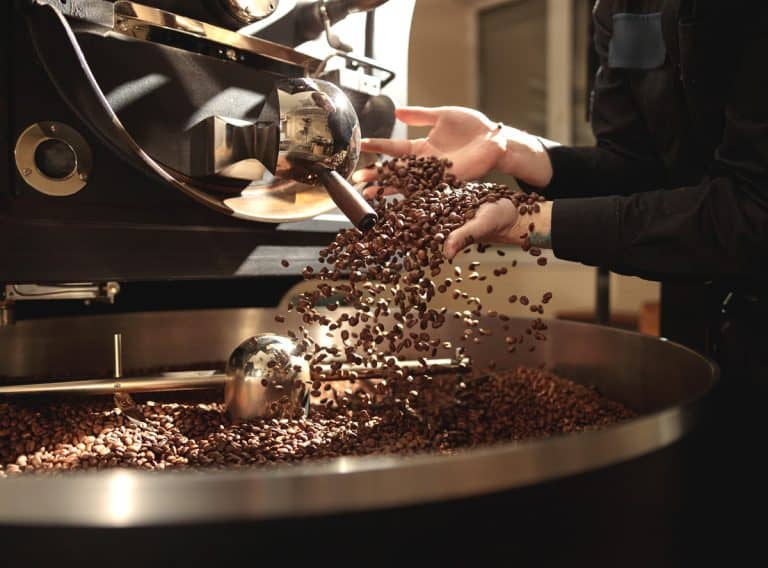
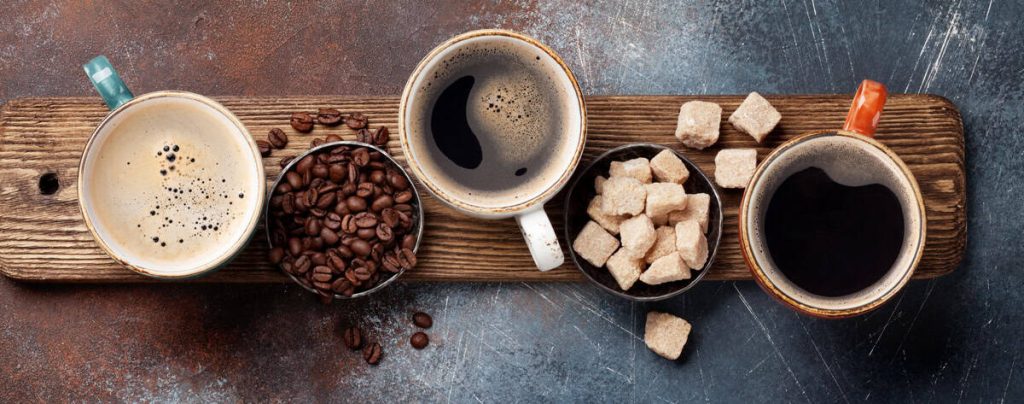
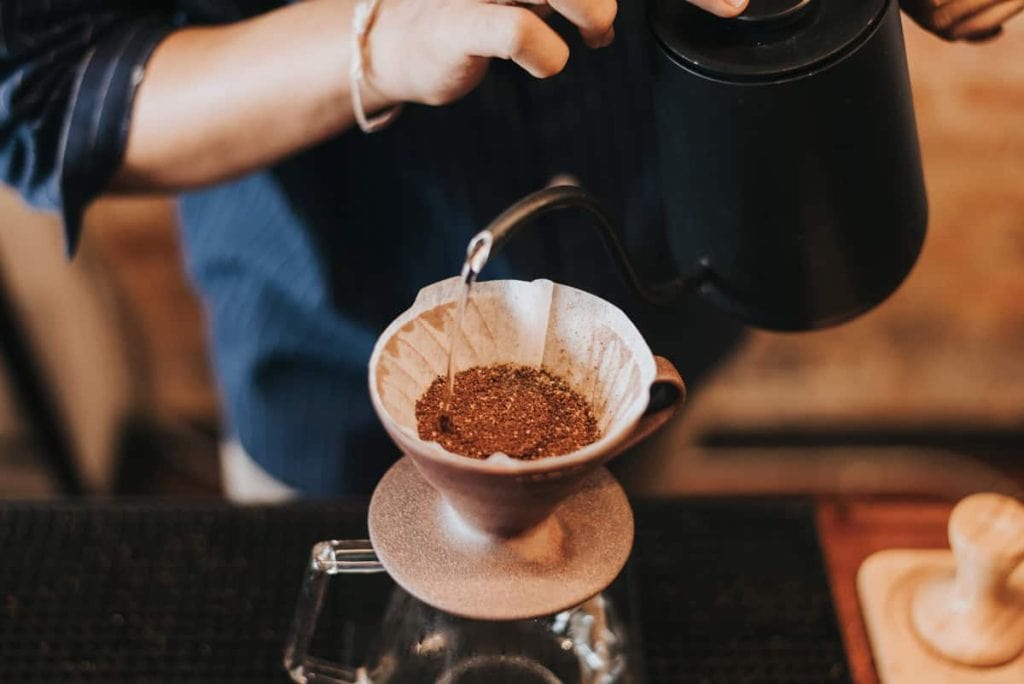
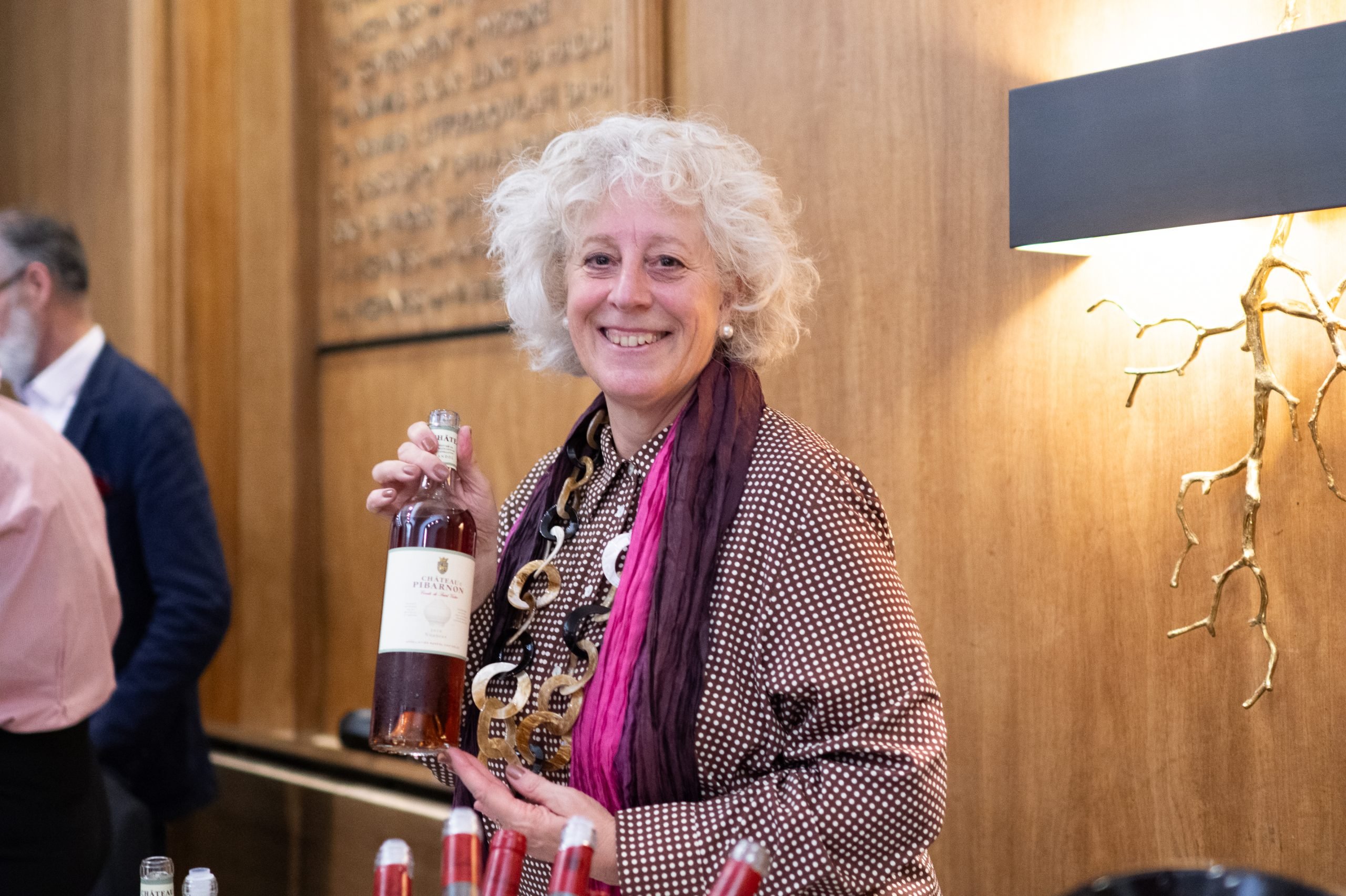 How can fine Italian rosé find its place?
How can fine Italian rosé find its place?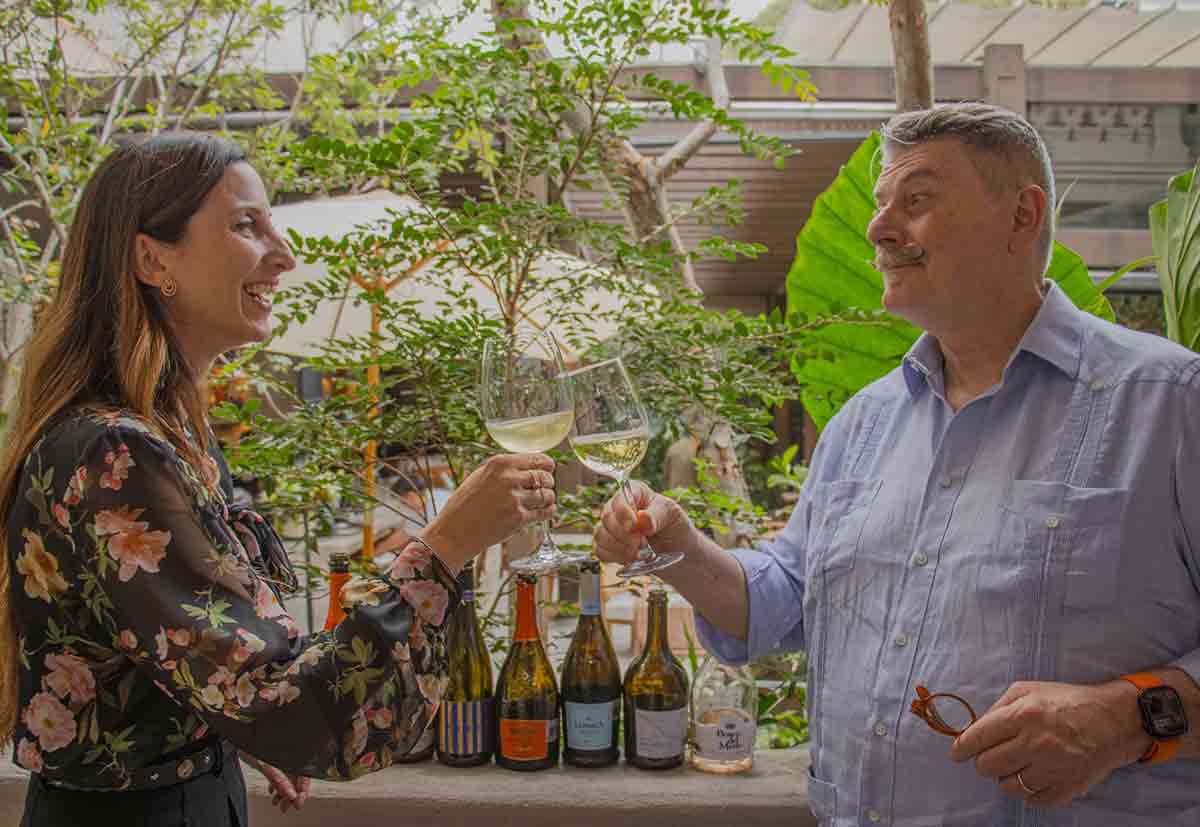 How Prosecco DOC brings a spark of Italy to special moments
How Prosecco DOC brings a spark of Italy to special moments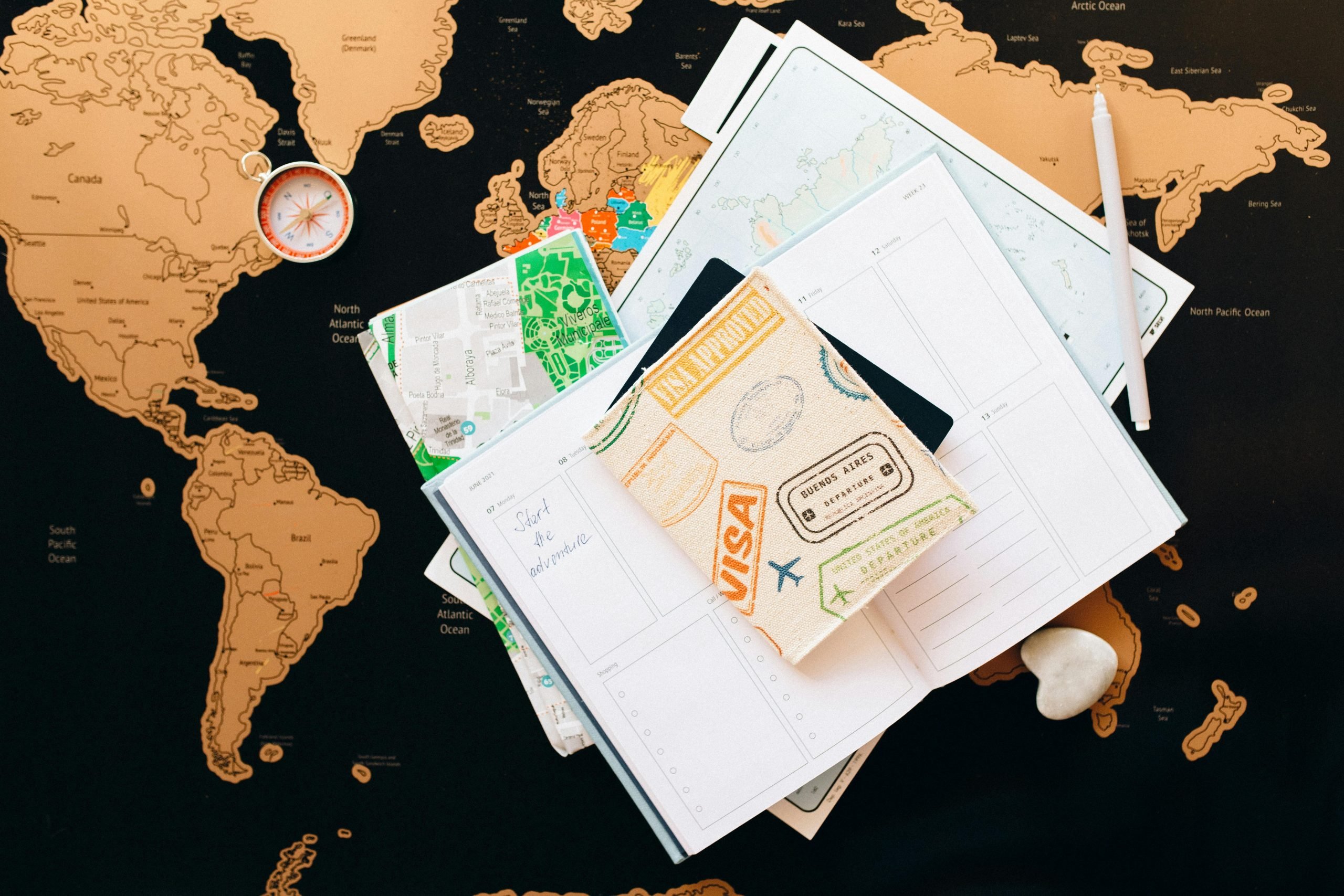 How does Europe's wine tourism industry compare to the rest of the world?
How does Europe's wine tourism industry compare to the rest of the world?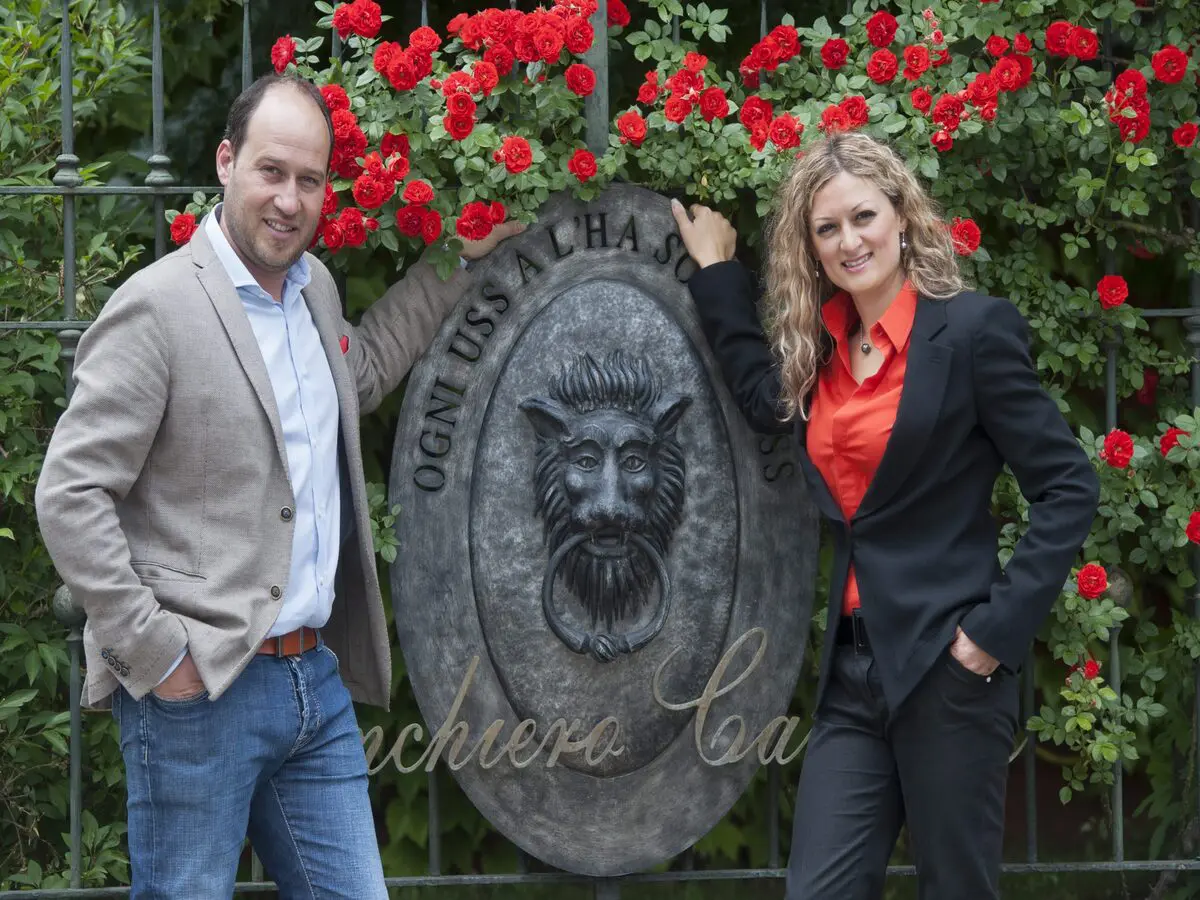 The young man who gave Arneis a future again. Here is the White wine of the Year according to Gambero Rosso
The young man who gave Arneis a future again. Here is the White wine of the Year according to Gambero Rosso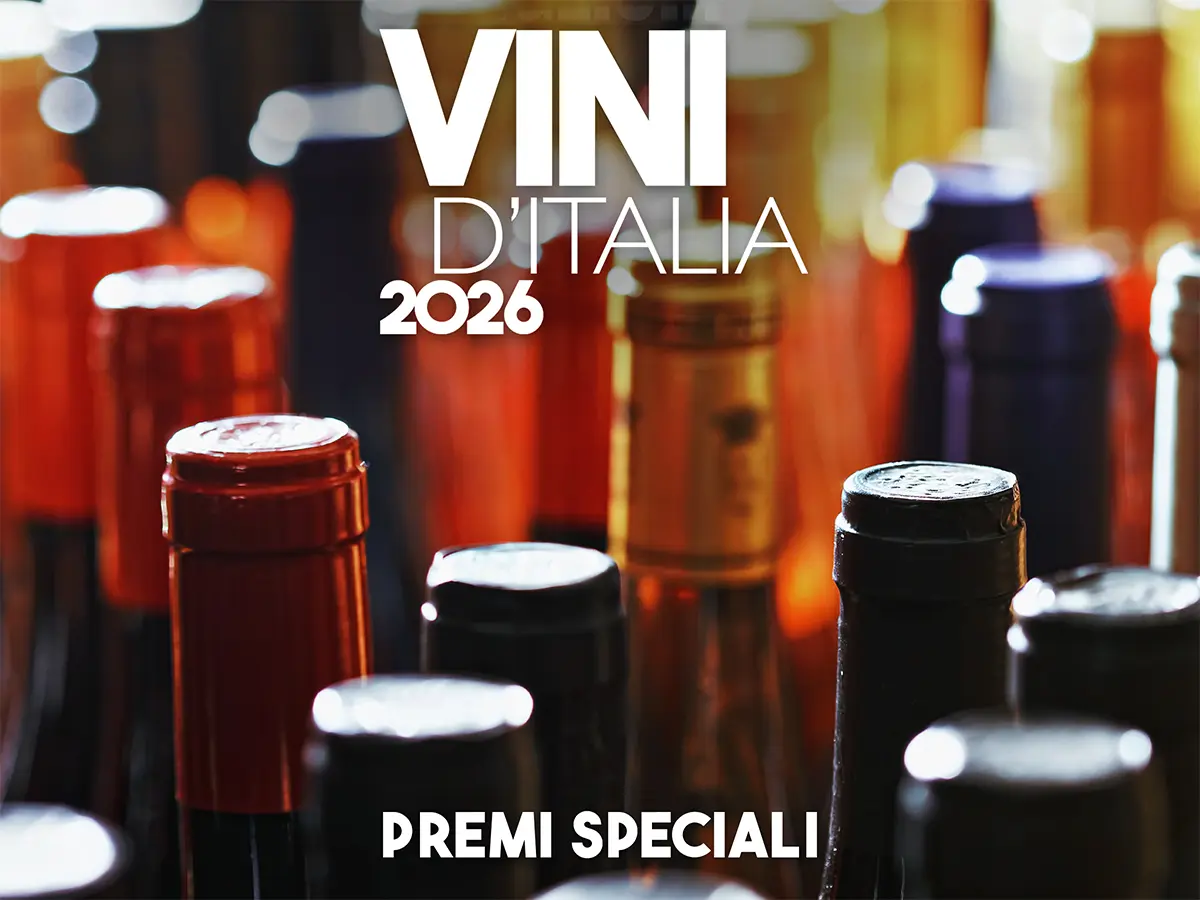 Vini d’Italia 2026 Guide: The 13 special awards assigned by Gambero Rosso
Vini d’Italia 2026 Guide: The 13 special awards assigned by Gambero Rosso